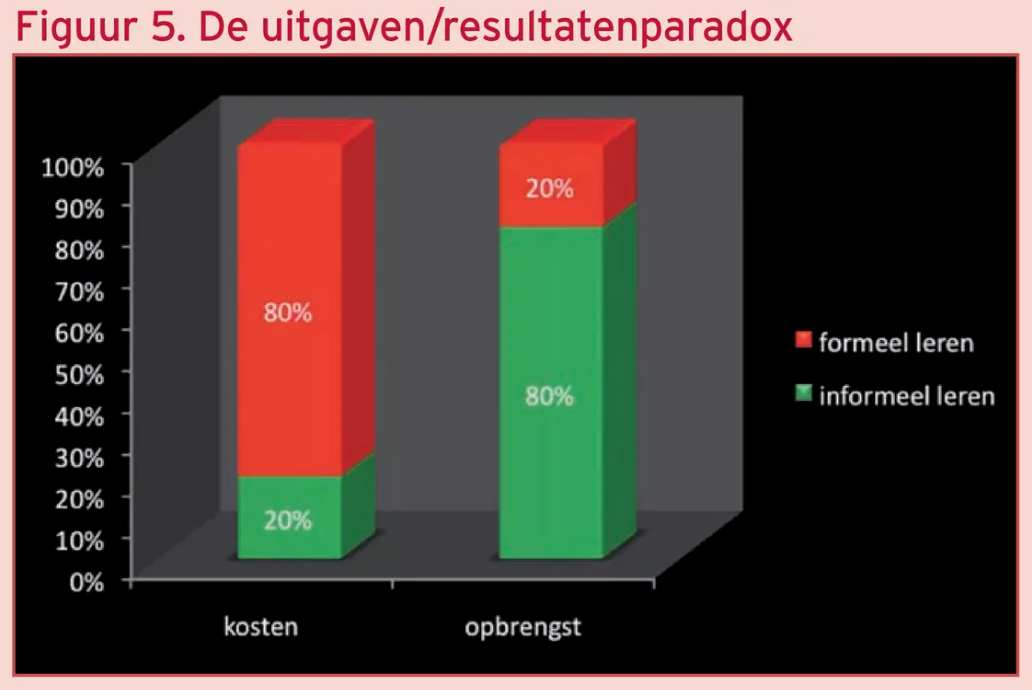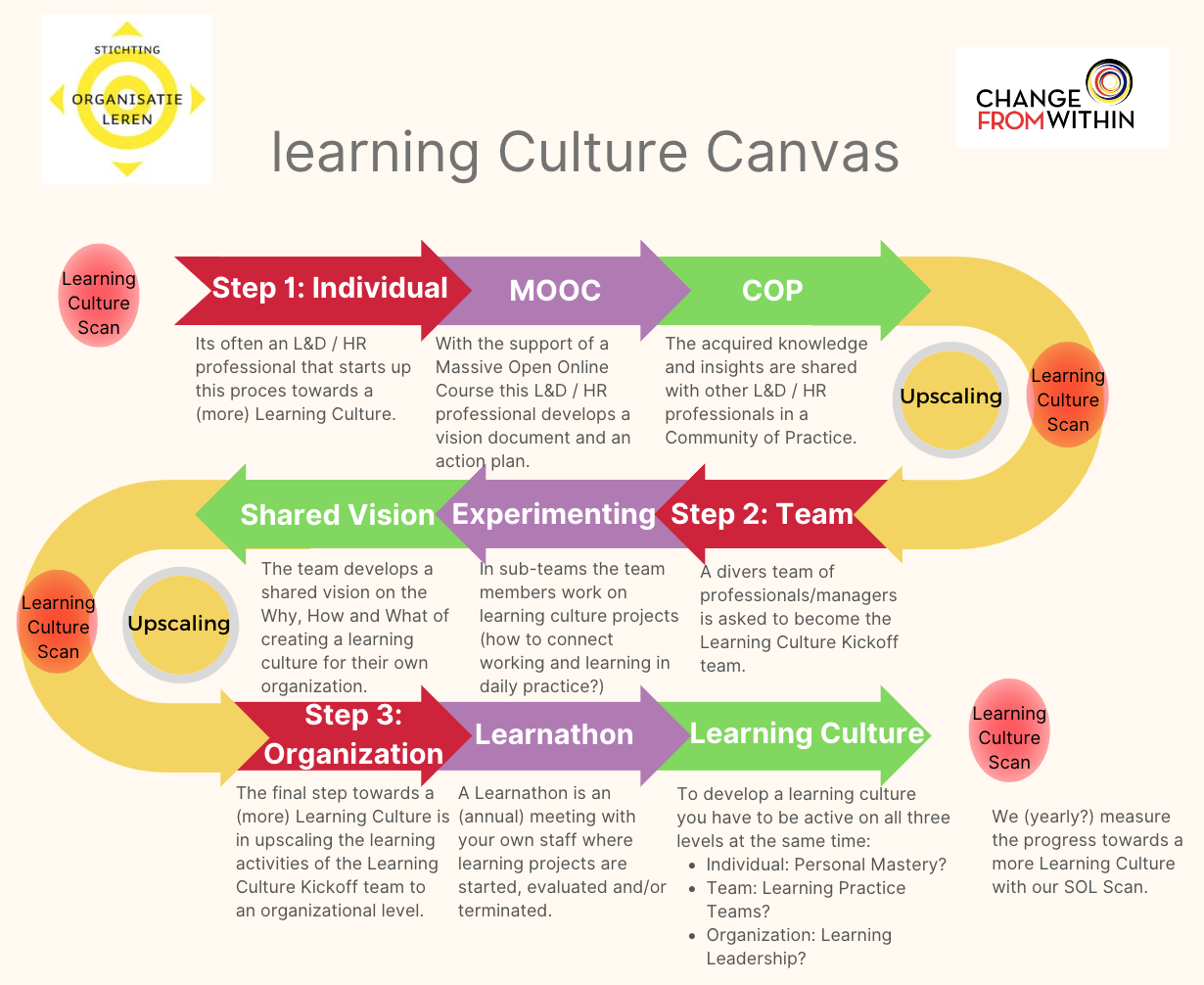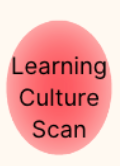SOL SUPPORT
We support organizations in their ambition to develop a (more) learning culture. At SOL Support we provide customization. Together with the client, we look at what is needed. We use learning and development programs, or we design a new program together, in which we learn by doing.
What do we offer:
Sustainable development of a learning culture
We don't go for a quick fix. Creating a learning culture is a journey of development across the organization, so yes, in the boardroom too. We work from the model of the learning system that was originally developed by Peter Senge. Each of the components of this model matters and we have developed practical working methods, programs and training for each of the components.
Together with you, our client, we look at where the greatest need lies and where the greatest impact can be achieved. We work where the energy is already there. Or just where all the energy has leaked out. You don't scare us with neglected teams, hassle or tension. For us, that is precisely information that we can work with. Negative emotions show great involvement, so we like to work with that.
Formal and informal learning
Many organizations focus on formal learning, such as training courses and workshops, and this is where a lot of learning budget goes. We as SOL also have an offer for this, but it is not what makes our hearts flow.
The greatest gain can be achieved in the 'formalization of informal learning'. Each individual employee becomes consciously proficient in recognizing and acknowledging learning situations in daily practice. This requires a learning culture at all levels of the organization.
It requires frameworks, methods, instruments and resources to deal with your work in a learning way. It requires moments of reflection, a clear vision, and the identification of concrete results. Every organization can learn this, and we help you with this.


The "Learning Culture" Canvas*
In a Learning Culture, working and learning are one. Learning is an integral part of the job and this leads to many benefits (see Learning Culture). The big challenge lies in starting the process towards a learning culture. This can be done in various ways. At SOL we have a tool for this, developed for HR / L&D professionals. That is the Canvas model above*.
Step 1: Individual
This Canvas Model assumes that the development towards Learning Culture always starts with one person, usually an HR/L&D professional. We support this professional with two tools to arrive at a vision on (a) why a learning culture is important for your own organization, (b) how this learning culture can be developed and (c) what concrete results a learning culture can achieve. can lead to such a learning culture.
- Community of Practice: SOL membership gives access to our monthly meetings aimed at learning from, with and through each other. Here you can play with concrete (own) cases with (HR) colleagues from other organizations / practitioners and you will receive substantive information from SOL specialists.
- MOOC: How do we create meaningful learning and working environments in which participants acquire 'on the job' skills that allow them to participate sustainably in new (work) situations, in order to solve challenging issues in a continuously changing society? This question was central to the Massive Open Online Course from the Society for Organizational Learning (SOL Global). All our knowledge, skills and practical examples are housed in this MOOC.
Step 2: Team
The next step in developing a learning culture within the organization is expanding the team. The division of the team obviously depends on the organization. But we encourage the broadest possible participation (representation from as many layers / departments / specialisms as possible). This team of 10 to 20 professionals will work on two activities:
- Experiment: With help from 3x3x3 tool the team is split into threes who work together for three months on three (learning) objectives. Every week there is a short reflection together. There is coordination with internal or external supervisors every month. These practical teams make it clear how you can achieve a more learning culture in your own work.
- Joint vision: With the team as a whole, a shared vision is created on the why, how and what of a learning culture within your own organization.
Step 3: Organization
The third step in the development towards a learning culture is from team to organization. At SOL we have the following tools for this:
- learnathon: A Learnathon is an (annual) meeting with our own staff aimed at Performance and Learning at the same time.
- With the help of a Learnathon*, employees are personally involved in their own development and that of the organization. Ideas for better performance and learning are introduced, discussed and developed by the participants themselves.
- Development programs:
- Individual / Personal Mastery: Employees will perform better if they grow as a person. They know better and better what their qualities are and are using them more and more consciously. They gain more self-confidence, which benefits their input and contribution. But the most important thing is that employees become happier in their work. This leads to involvement and greater attractiveness as an organization.
- Team / Team learning: The greatest value creation for the organization takes place in teams. Team learning is therefore the lever to achieve a learning organization.
- Organization / Learning Leadership (in development at SOL) / with the focus on creating a trusted learning and working environment in which all parties involved feel heard and seen.
* Most people know the Business Model Canvas. This is a tool to identify the most important aspects of setting up a new business. With a "logical order" in its development.
This "Learning Culture" Canvas has the same ambition. This is based on the logic that a new concept always starts with one person, after which, if successful, the ideas are broadened in a team, after which, if proven successful, the ideas are presented organization-wide. But just like the Business Model Canvas, the final result from each application of the Learning Culture Canvas is different! So it is not a 'one size fits all' methodology!

Measuring = Knowing (but know what you measure!)
The biggest challenge for HR / L&D departments is giving shape and content to informal learning (learning on the job). In practice, 80% of the learning budget is spent on formal learning, while this only accounts for 20% of the learning gain. Only 20% of the budget goes to informal learning, which yields 80% of the learning return!
The challenge lies in "formalizing informal learning". In other words, making informal learning aware/visible/concrete. This requires a "measuring stick". At SOL we use two tools for this purpose. Where we always pit "ambition" against "reality". These two "measuring sticks" are included in our MOOC "The magic of a learning culture".
The Organization Learning Foundation (SOL) is located in Haarlem. We are registered with the Chamber of Commerce under number 41211494.
Our bank account: NL55 TRIO 0254 8476 33. You can reach us via: patrick.solnetherlands@gmail.nl
